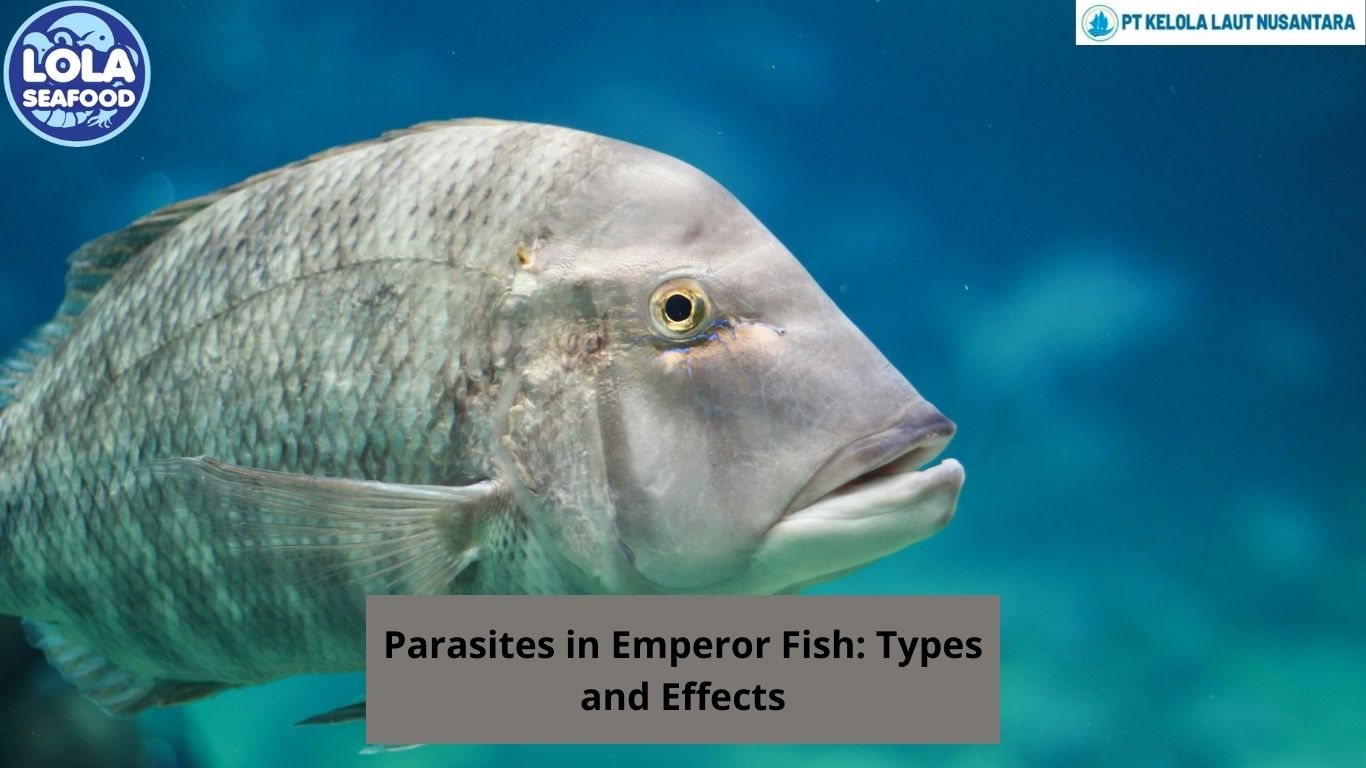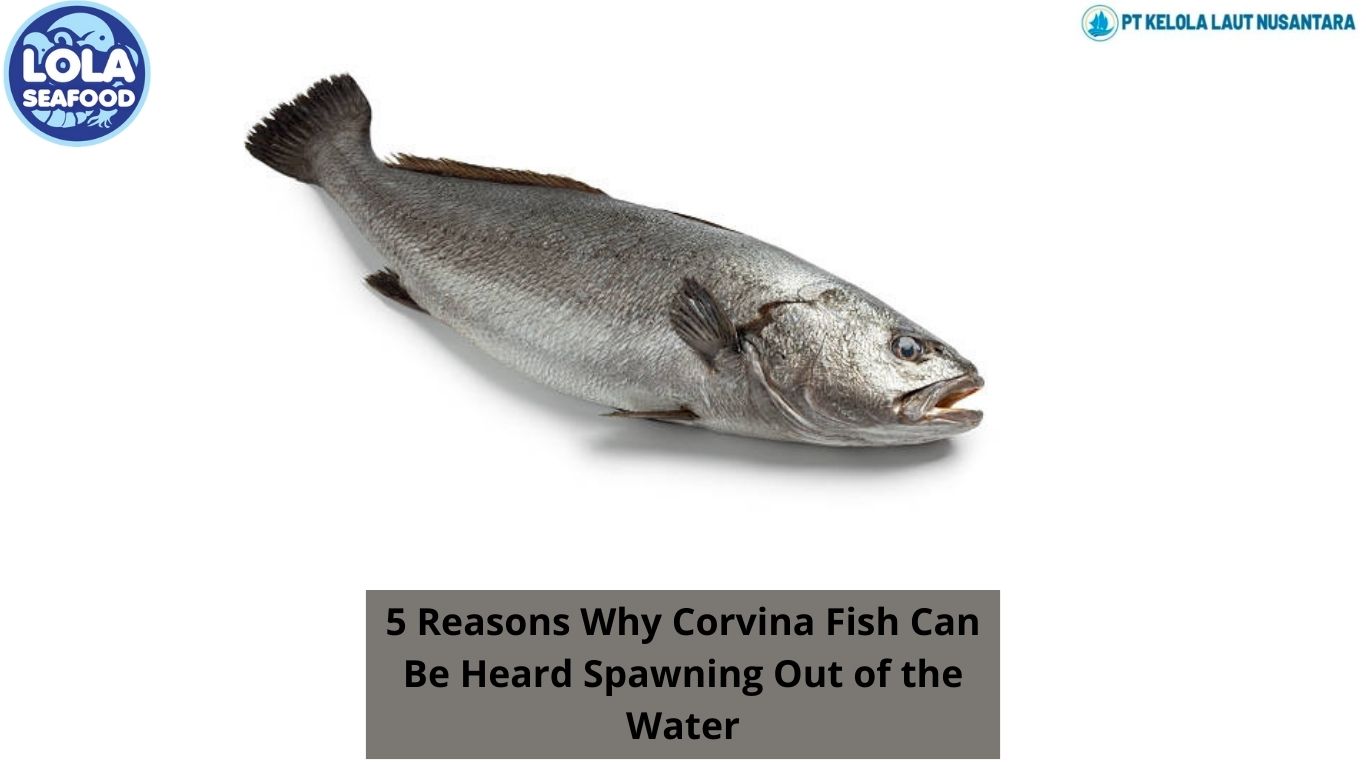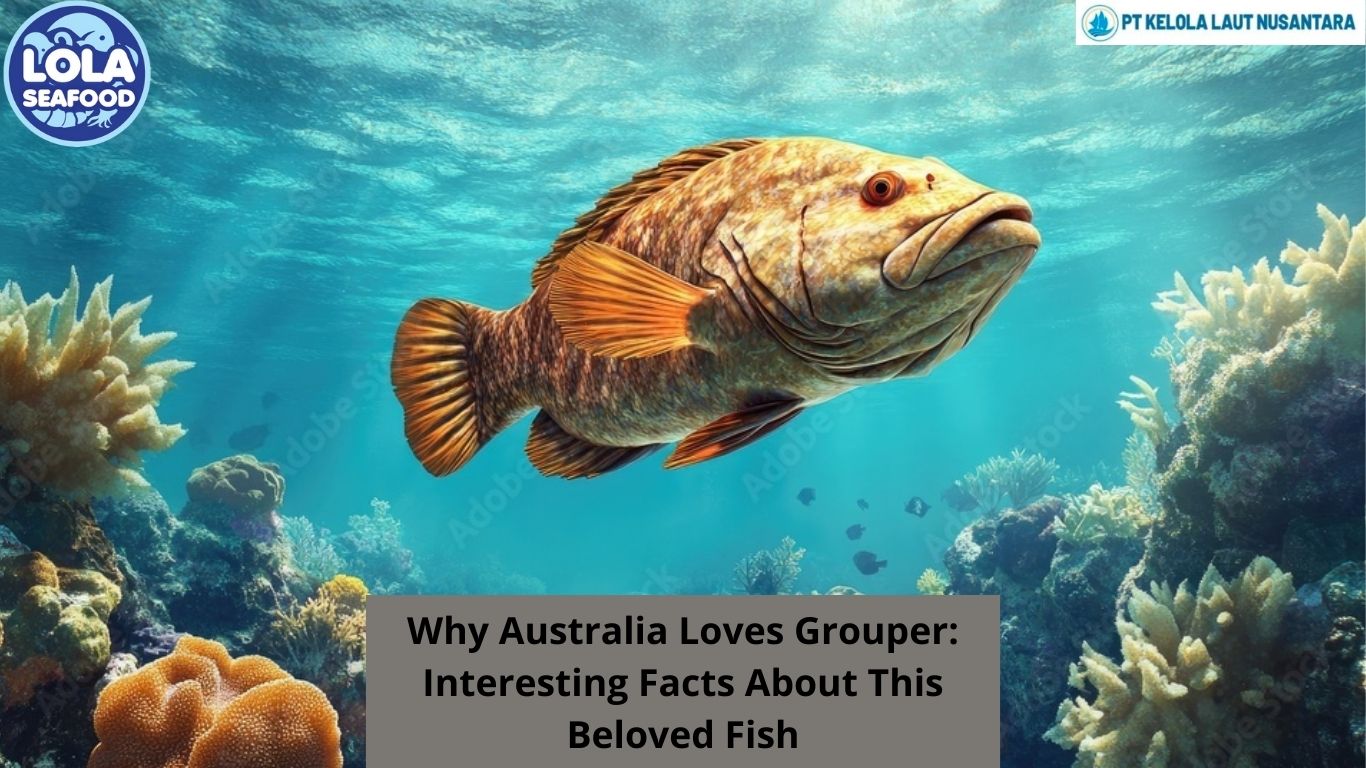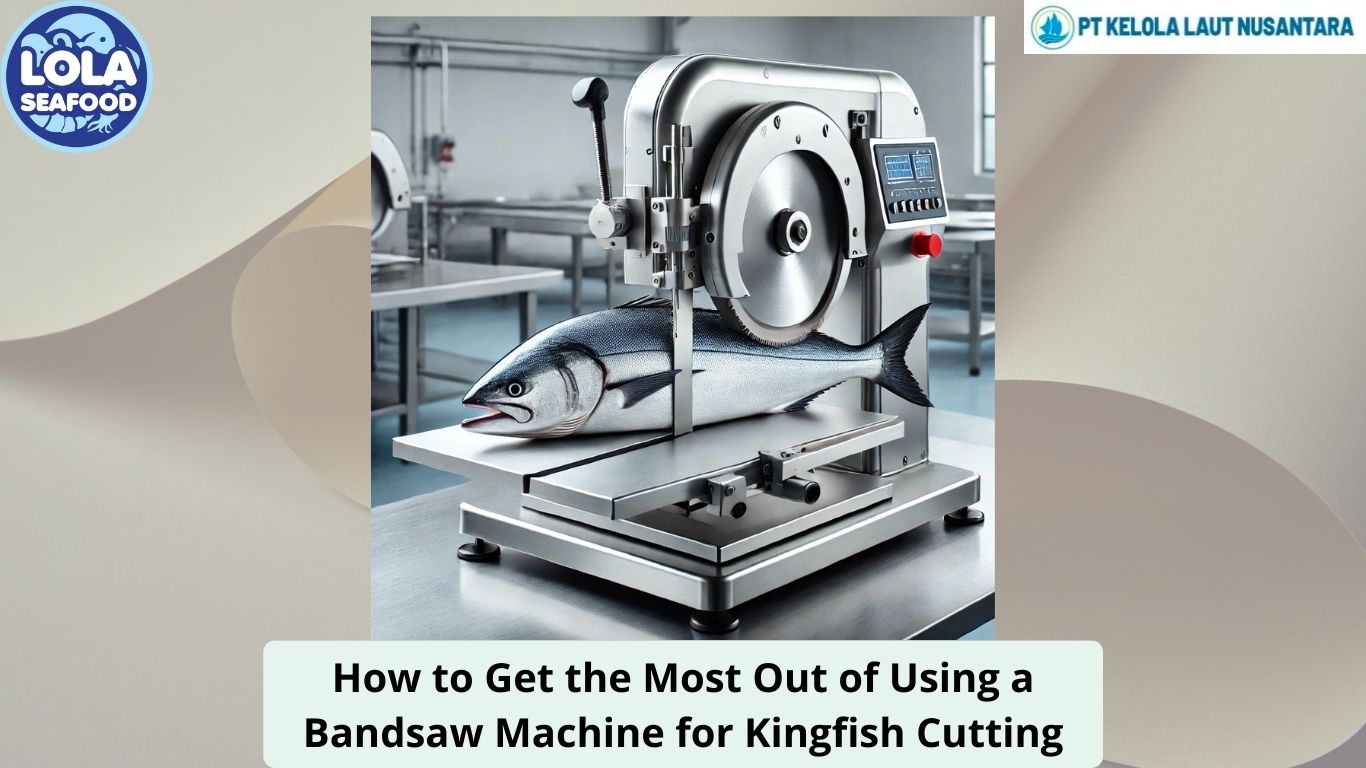Here Are the Physical Differences Between Squid, Octopuses, and Cuttlefish
By. Puji Widyastuti - 20 Feb 2025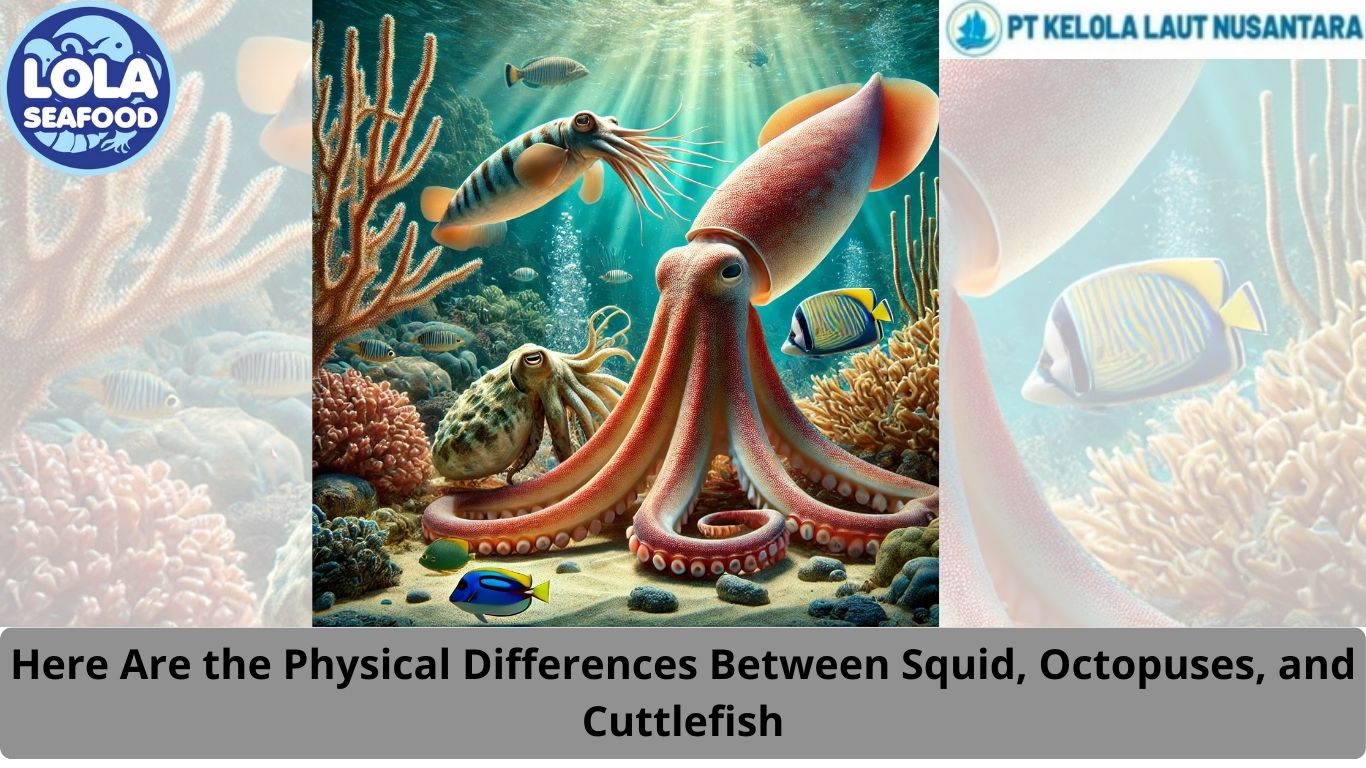
Kelolalaut.com The ocean is home to a fascinating variety of creatures, and among them, cephalopods—squid, octopuses, and cuttlefish—stand out for their intelligence, adaptability, and unique physical characteristics. Though they belong to the same class (Cephalopoda), each of these marine animals has distinct differences in body structure, movement, and appearance.
1. Body Shape and Structure
One of the easiest ways to differentiate these cephalopods is by their body shape.
- Squid have elongated, torpedo-shaped bodies that allow them to be fast swimmers. Their streamlined form, combined with fins running along the sides of their mantle (the main body), helps them move efficiently through the water.
- Octopuses have soft, sack-like bodies with no rigid internal structure. They lack fins, and their bodies are highly flexible, allowing them to squeeze through tight spaces.
- Cuttlefish have a somewhat flattened, broad body that appears oval-shaped. They possess a unique internal shell called the cuttlebone, which helps regulate buoyancy.
2. Tentacles and Arms
All three cephalopods have arms and tentacles, but they differ in number and function.
- Squid have ten appendages: eight arms and two longer tentacles, which they use to capture prey. Their suckers often have hooks or rings for better grip.
- Octopuses have eight arms, but no additional tentacles. Their arms are extremely flexible and lined with suckers, which can sense texture and taste.
- Cuttlefish also have ten appendages—eight arms and two tentacles, similar to squid. Their tentacles shoot out rapidly to catch prey.
3. Skeleton and Buoyancy
The internal structures of these cephalopods play a significant role in how they move and survive in their environments.
- Squid have a thin, internal shell called a pen, which provides some structural support while maintaining flexibility for fast swimming.
- Octopuses lack any internal or external skeleton, making them highly flexible. This enables them to hide in small crevices and escape predators with ease.
- Cuttlefish have a specialized internal shell known as a cuttlebone, made of calcium carbonate. It helps them control their buoyancy by adjusting the gas content within the shell.
4. Movement and Speed
Each cephalopod has a distinct way of moving through the water.
- Squid are built for speed. They use jet propulsion, expelling water forcefully through their siphon, and can swim rapidly to escape predators. Their fins also assist in steering.
- Octopuses mostly crawl along the ocean floor using their arms, but they can also propel themselves by jetting water through their siphon. However, they are generally slower than squid.
- Cuttlefish use a combination of jet propulsion and undulating movements of their broad fins to move gracefully.
5. Skin and Camouflage
All three cephalopods are masters of camouflage, but their skin structures differ slightly.
- Squid can change colour rapidly using chromatophores (pigment cells), but they primarily use this ability for communication and defence rather than camouflage.
- Octopuses have the most advanced camouflage abilities, capable of mimicking textures and colours instantly to blend seamlessly with their surroundings.
- Cuttlefish are also exceptional at colour change, thanks to their sophisticated skin cells. They can create complex patterns and even mimic the texture of objects around them.
Although squid, octopuses, and cuttlefish share many similarities, their physical differences set them apart in terms of structure, movement, and adaptation. Squid are built for speed with their streamlined bodies and fins, octopuses are flexible and skilled at camouflage, and cuttlefish use their cuttlebone for buoyancy while displaying mesmerizing colour changes. Understanding these differences enhances our appreciation of these remarkable marine creatures.
If youre interested in our Squid Whole Round , Squid Whole Cleaned , Squid Tube , Squid Ring and Squid Flower Cut please do not hesitate to contact us through email and/or whatsapp

